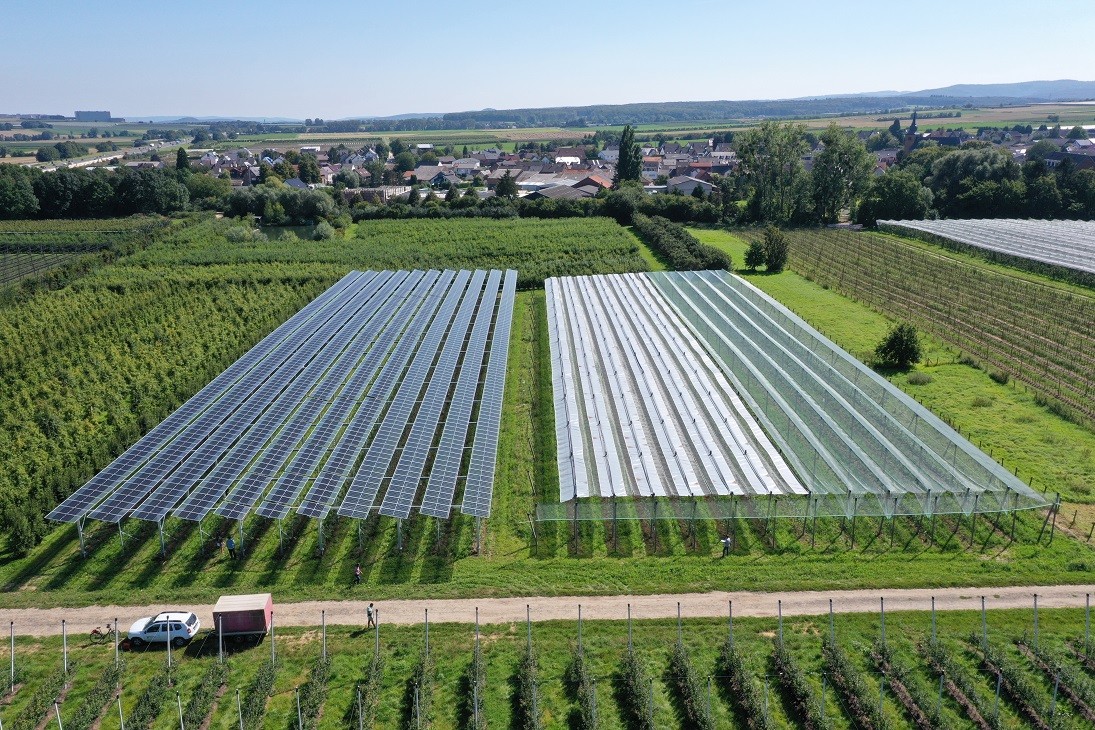From pv magazine India
Agrivoltaics could become an important new renewable energy segment in India if a proper policy framework is put into place, according to a new report from the Institute for Energy Economics and Financial Analysis (IEEFA).
For the agrivoltaics sector to thrive, measures to safeguard farming communities and agricultural production should be a key part of the policy and regulatory reforms that the sector needs, says report author and IEEFA guest contributor Dr. Charles Worringham.
Agrivoltaics refers to the combination of farming with solar generation in ways that maintain agricultural productivity. About 60% of India’s land area is farmed, so agrivoltaics are theoretically better placed in India than in most other countries.
Worringham says agrivoltaics could help India to accelerate its renewable energy rollout by distributing it throughout the country. He notes that experience elsewhere has shown that certain crops can tolerate moderate shading and that during extreme heat, some may even benefit from lower temperatures and improved soil moisture. With nearly 20 projects underway using a range of panel configurations, India has already started to establish the specific methods, crops, and conditions that work best, he adds, noting that numerous policy challenges must be addressed if the agrivoltaics sector is to reach its full potential.
Worringham says there is wide agreement on some of the needed reforms. A new agrivoltaic land-use classification will be essential, as farmland must generally be reclassified for commercial use if it is to host solar generation.
“A classification based on the definition used by the French, of an agrivoltaic project as one that is primarily agricultural, and secondarily produces solar energy, and creates synergies between the two would be a good starting point for a special class of land use,” he says.
Farming communities could earn additional income by selling power they generate, but they could also use some of that power. Given the unreliable nature of the Indian grid, Worringham says that new policies should prioritize the retention of land and ownership of projects by farmers themselves, while being flexible enough to allow both self-consumption and the sale of power.
To continue reading, please visit our pv magazine India website.
This content is protected by copyright and may not be reused. If you want to cooperate with us and would like to reuse some of our content, please contact: editors@pv-magazine.com.




By submitting this form you agree to pv magazine using your data for the purposes of publishing your comment.
Your personal data will only be disclosed or otherwise transmitted to third parties for the purposes of spam filtering or if this is necessary for technical maintenance of the website. Any other transfer to third parties will not take place unless this is justified on the basis of applicable data protection regulations or if pv magazine is legally obliged to do so.
You may revoke this consent at any time with effect for the future, in which case your personal data will be deleted immediately. Otherwise, your data will be deleted if pv magazine has processed your request or the purpose of data storage is fulfilled.
Further information on data privacy can be found in our Data Protection Policy.